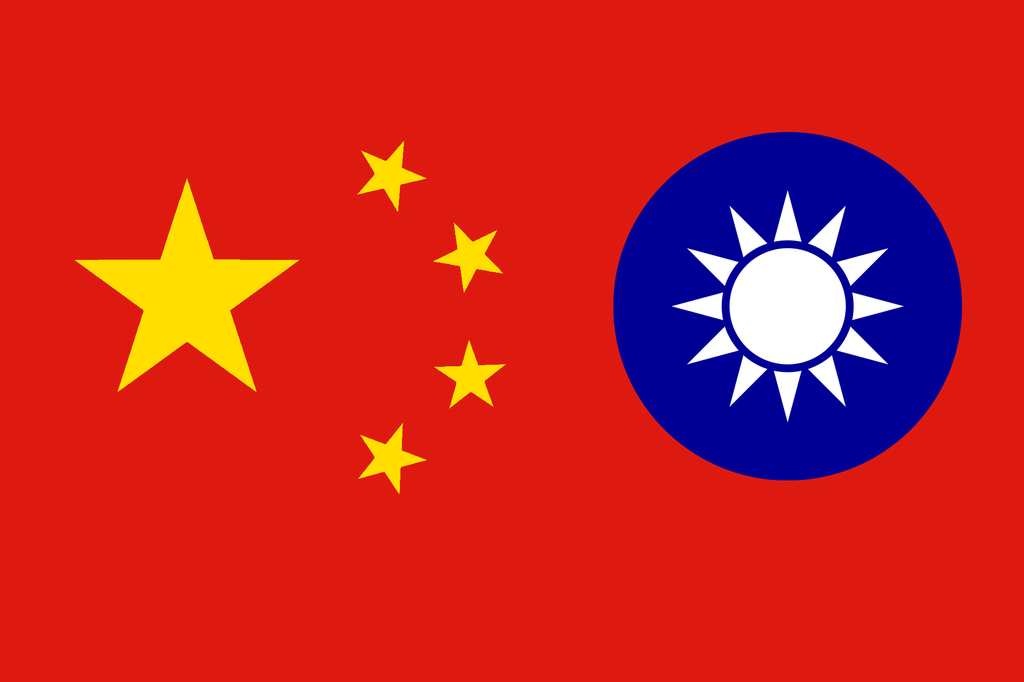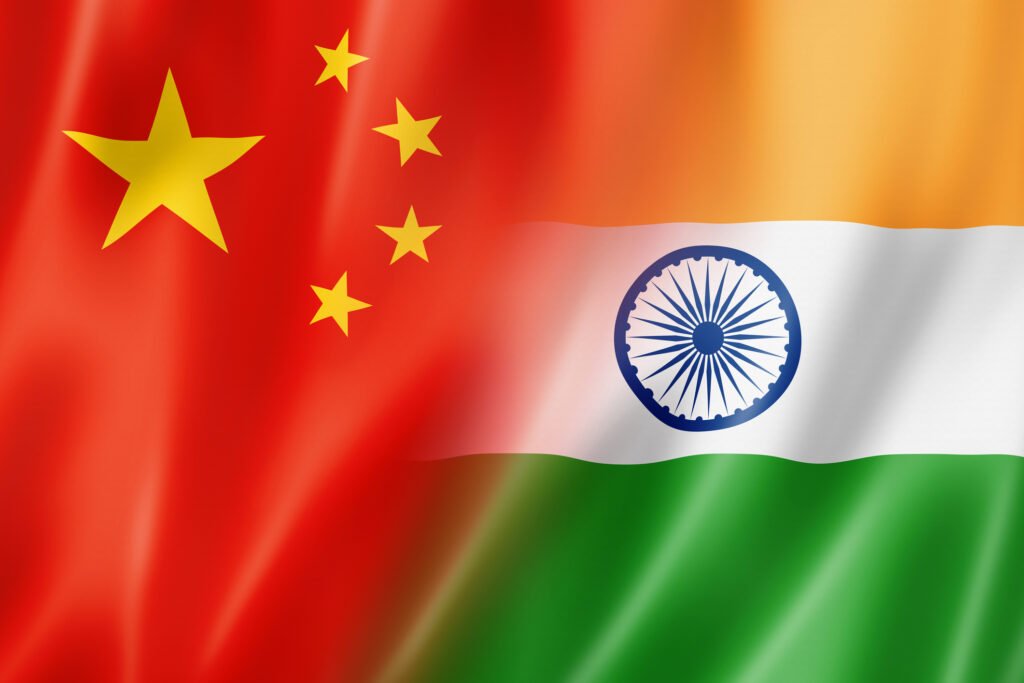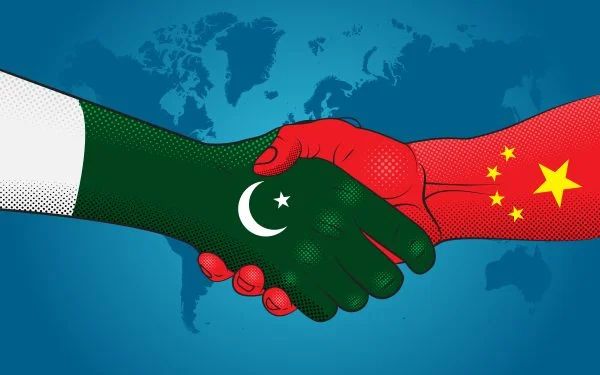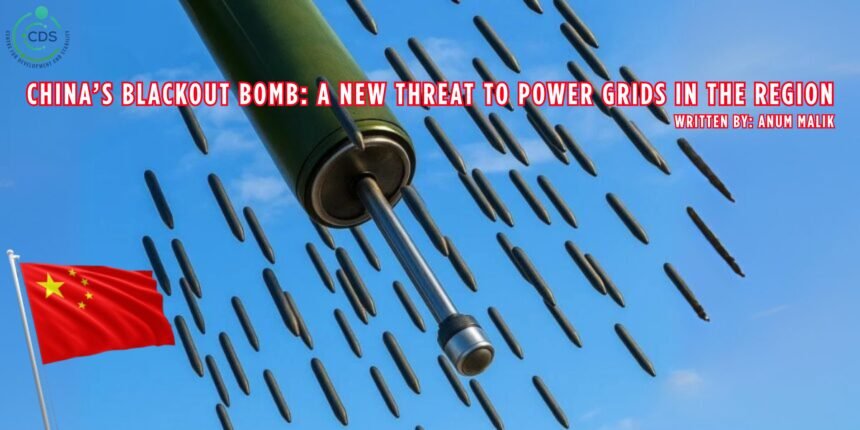China’s New Weapon Revealed
On June 26, 2025, China revealed a powerful new weapon in a short animated video shared by China Central Television (CCTV). The weapon appears to be a graphite bomb, also called a blackout bomb, designed to knock out electricity without destroying buildings.
- China’s New Weapon Revealed
- What Is a Graphite Bomb?
- Why China Wants It
- Taiwan in the Crosshairs
- India’s Concerns
- What It Means for Pakistan
- The Way Forward
- Japan and South Korea’s Response
- Are These Bombs Legal?
- Conclusion: China’s Dominance Rising
- The author anum malik, is affiliated with the State News Agency and contributes her research to the think tank, CDS.
- *The views and opinions expressed herein, and any references, are those of the author and do not necessarily reflect the editorial policy of the Centre for Development and Stability (CDS).
In the video, a missile was launched from a truck. It opened mid-air and released 90 small cylinder-shaped sub-munitions. These were scattered in the air and targeted at electricity pylons and substations, leading to a total power shutdown. Chinese media did not clearly say it was a graphite bomb, but experts believe it matches that description.
What Is a Graphite Bomb?
A graphite bomb is a non-explosive weapon. It doesn’t destroy buildings or kill people directly. Instead, it uses fine carbon filaments (graphite fibres) that fall on power stations. These fibres short-circuit the equipment by covering open wires and causing sparks or power trips.
The result? Massive blackouts in cities and military facilities, as no electricity, no internet, no functioning hospitals, airports, or security systems.
This type of bomb was first used by the United States in the 1991 Gulf War to shut down Iraq’s electricity. It was also used by NATO in Serbia in 1999 with great effect.
Why China Wants It
China is developing what experts call “silent warfare” tools, weapons that paralyze the enemy without bombs or bloodshed. These include cyber-attacks, electromagnetic weapons, and now graphite bombs.
The blackout bomb is attractive to China for three main reasons:
- Accuracy – It targets specific power stations, avoiding civilian buildings.
- Reversibility – Electricity can be restored once the conflict or negotiation ends.
- Confusion – People might think the power failure was caused by hacking, not a bomb.
In essence, China aims to quietly paralyze its enemy’s power and defense systems without firing a conventional missile, using tools like graphite bombs and cyberattacks to disrupt rather than destroy.
Taiwan in the Crosshairs

Many experts believe that China’s newly revealed blackout bomb is primarily aimed at Taiwan, a territory China considers its own. Taiwan’s centralized power grid makes it highly vulnerable to such an attack.
A few targeted strikes on major substations could lead to widespread blackouts, especially in the northern region. This would likely cause mass panic, cripple essential services, and weaken military defences.
In such a scenario, hospitals, communication networks, and transportation systems could all be paralyzed. This tactic aligns with China’s broader strategy of non-traditional warfare. Instead of launching a full-scale invasion, China may use a mix of blockade, cyber-attacks, and disinformation.
By cutting off power and communication, Beijing could pressure Taiwan into political surrender. The goal is to achieve dominance without firing a traditional weapon, using silence as the new weapon of war.
India’s Concerns

India is also keeping a close watch on China’s growing capabilities. In recent years, Chinese hackers have repeatedly targeted India’s power grid, especially near sensitive regions like the Ladakh border. Cybersecurity experts believe these intrusions are part of the digital groundwork for possible future attacks. In the event of a conflict, China could use either a graphite bomb or a coordinated cyber-attack to shut down power in major Indian cities or key defence zones.
Such an attack would severely impact military operations, communication systems, and essential services. To counter this, India has begun developing micro-gridssmall, isolated power systems, for critical military and strategic sites. These setups aim to ensure continued power supply during emergencies.
However, experts warn that building full-scale national protection will take years and heavy investment. The risk remains serious, especially given the size and complexity of India’s power infrastructure. India must now accelerate efforts to shield its grid from non-traditional warfare threats.
What It Means for Pakistan

Pakistan is China’s closest defence and economic partner, especially through CPEC (China-Pakistan Economic Corridor). However, this new bomb raises both opportunities and risks for Pakistan.
Opportunity:
- As a trusted ally, Pakistan may benefit from Chinese technology to protect its grid.
- Graphite-proof coatings, underground wires, and better substations may be offered.
Risk:
- Pakistan’s power grid is already fragile. The country faced a nationwide blackout in January 2023, leaving hospitals, airports, and cities in the dark for nearly 24 hours.
- If such a blackout happened during a crisis or conflict, the damage could be worse.
- Any suspicion that Pakistan might use or host these bombs could make India respond with its own version starting a dangerous arms race in South Asia.
The Way Forward
- Pakistan should urgently upgrade its power stations, especially in major cities like Lahore, Karachi, and Islamabad.
- Introduce island power systems to keep hospitals and defence centres running during blackouts.
- Work with China and regional partners to set rules or agreements on using such weapons.
Japan and South Korea’s Response

Japan and South Korea have responded seriously.
- Japan has passed a cyber defence law requiring power companies to report any hacking or suspicious activities.
- South Korea has already developed its own graphite bomb in 2017 and is now upgrading its defences to avoid being hit by a similar weapon.
Both countries are also working with the United Nations and international partners to push for new laws against targeting power stations.
Are These Bombs Legal?
Graphite bombs don’t directly kill people, so some say they’re non-lethal. But shutting down power in cities can be deadly in other ways:
- Hospitals lose life-saving equipment
- Water treatment plants stop working
- Traffic systems crash
- Emergency services become helpless

That’s why the International Committee of the Red Cross (ICRC) warns that using such weapons against civilians may break international laws.
There is no specific law yet against graphite bombs, but many human rights groups are demanding that countries come together and create one.
Conclusion: China’s Dominance Rising
China’s blackout bomb is more than just advanced technology; it reflects the country’s growing grip on global dominance. As a rising superpower, China is reshaping modern warfare by targeting systems, not structures. This silent but strategic weapon shows how future conflicts may be won through control, not destruction.
For Pakistan, China remains a trusted friend and key ally. This partnership must now evolve further, towards joint preparedness, energy security, and technological resilience. Together, both nations can build a stronger and safer future for the region.
The message for all is clear:
“Don’t fear explosions, fear silence. No phones, no lights, no signals.”
In the face of silent warfare, Pakistan must act wisely by strengthening its power grid, building backups, and standing united with China to face emerging threats with confidence.



